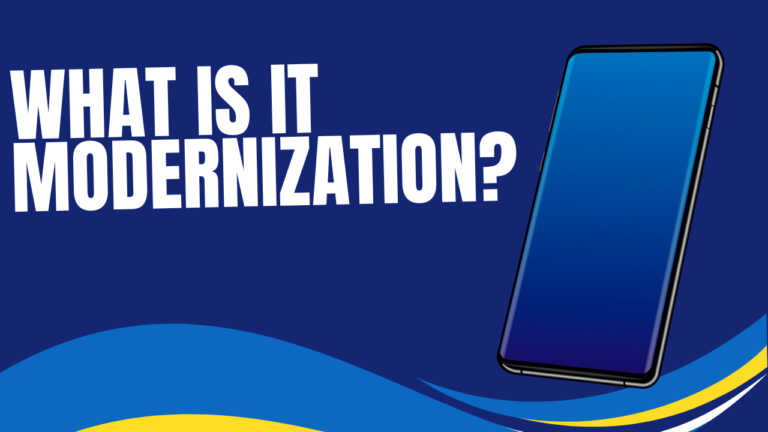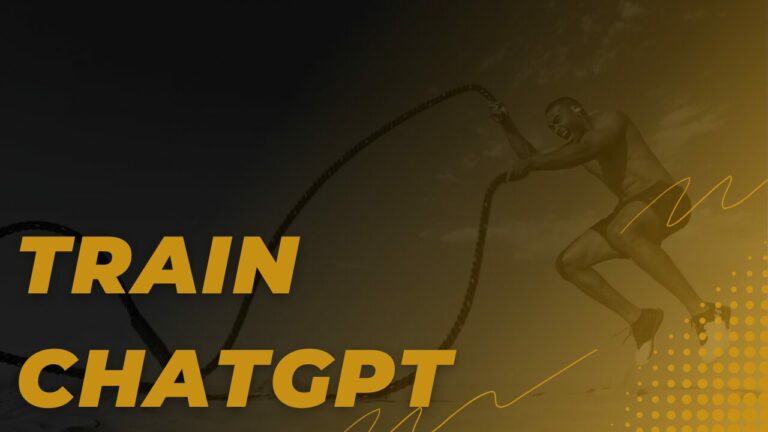Creating Private Planner Boards with Microsoft Loop: A Quick Guide
Microsoft Loop has become increasingly popular as a tool for collaboration and organization. Its versatility and easy user interface make it an attractive option for individuals and teams. One key feature that sets Loop apart is its ability to create private planner boards, allowing users to manage tasks, projects, and daily activities with high customization and privacy.
These private planner boards offer a unique blend of functionality and personalization, ensuring that individual or group tasks can be efficiently organized without the risk of unwanted eyes. As privacy concerns continue to grow, utilizing Microsoft Loop’s private planner boards can provide much-needed peace of mind without compromising the efficiency and effectiveness of task management.
While it might initially seem daunting, creating a private planner board in Microsoft Loop is relatively straightforward. By following a few simple steps, users can quickly set up their boards, tailor them to specific needs, and experience the benefits of this function in organizing both professional and personal projects.
Understanding Microsoft Loop
Overview of Loop
Microsoft Loop is a collaborative tool designed to improve productivity and streamline teamwork. It allows users to work together in real-time and share information seamlessly, providing a space for ideas to flow and tasks to be completed efficiently.
Benefits of Loop
Microsoft Loop offers numerous advantages for team collaboration. Some of the key benefits include:
- Real-time collaboration: Loop enables multiple users to work together simultaneously, reducing the need for back-and-forth communication.
- Integration with Microsoft 365: Since Loop is part of the Microsoft ecosystem, it integrates smoothly with other Microsoft 365 apps and services, allowing for seamless handling of tasks and documents.
- Customizable spaces: Users can create and customize spaces to suit their specific needs, making them adaptable for different projects and work styles.
- Offline access: Loop is available offline, ensuring users can continue their work without an active internet connection.
Private Planner Boards in Loop
One of the features of Microsoft Loop is the ability to create private planner boards. These boards are designed for personal use and are not shared with other team members by default. They serve as a space for users to organize their individual tasks and priorities, helping them stay on top of their responsibilities.
- Personal organization: Private planner boards allow users to organize tasks, plan their day, and track progress.
- Customizable boards: Users can customize the appearance and layout of their private planner board, tailoring it to their preferences and work style.
- Integration with tasks and calendars: Private planner boards can be connected to other Microsoft 365 tools, such as Tasks and Calendar, providing a unified view of a user’s tasks and commitments.
With Microsoft Loop and its private planner board feature, users can efficiently manage their team-oriented and personal tasks, ensuring better productivity and organization in their daily work life.
Setting up Private Planner Boards
Microsoft Loop offers an excellent feature, Private Planner Boards, which enables users to organize their tasks and projects efficiently. This section will guide you through creating a new board and inviting collaborators.
Creating a New Board
To set up a private planner board, follow these steps:
- Open Microsoft Loop.
- Click on the + New Board button.
- Choose Private Planner Board from the options.
- Give your board a name and select a color for easy identification.
- Click on the Create button.
Your private planner board is now ready, and you can begin adding tasks and organizing your workflow.
Inviting Collaborators
Once the board is created, you might need to collaborate with your team members. To invite collaborators to your private planner board, follow these steps:
- Navigate to the Private Planner Board you created.
- Click on the Invite button at the board’s top right corner.
- In the invitation window, enter the email addresses of the people you want to invite.
- Choose their permission levels (i.e., Viewer, Editor, or Administrator).
- Add an optional personal message to the invitees if desired.
- Click on the Send button.
Invitations will be sent to the selected collaborators, who can join and contribute to the private planner board. Users can effectively set up and manage Private Planner Boards in Microsoft Loop by following these easy steps.
Organizing and Managing Content
Microsoft Loop offers a great way to create private planner boards that help users stay organized. It’s crucial to manage and organize content within a planner board.
Adding Tasks and Notes
Adding tasks and notes are essential in creating a productive planner board. To add a task, click the + Add button and select Task. Fill in the necessary details like task name, due date, and assigned users. For notes, click on the + Add button and select Note. Write the content and save it for easy access and review later.
Organizing Sections and Groups
Divide tasks and notes into separate groups and sections to organize the workspace.
- Create a Section by clicking on the + Add button and selecting Section.
- For Groups, click on the + Add Group button. Give the group a name and use it to store similar tasks and notes together.
This organization helps users quickly find and categorize their planner board items.
Tracking Board Progress
For effective project management, tracking your tasks’ progress and notes within the planner board is crucial. Loop enables users to do this by:
- Updating task status: As users complete their tasks, they should change the task status to Completed or any other preferred customizable status to track progress.
- Due dates: Check the due dates for individual tasks and ensure they are completed on time.
- Visual indicators: Loop provides users with visual indicators like color-coded task cards, which make it easy to understand the ongoing tasks and their progress at a glance.
Following these steps, users can effectively manage their private planner boards on Microsoft Loop and stay organized throughout their projects.
Customizing and Personalizing Boards
Creating productive and engaging private planner boards in Microsoft Loop is essential for optimizing teamwork and organization. These boards can be customized and personalized to enhance the user experience and improve project management.
Applying Themes and Colors
One way to customize private planner boards is by applying different themes and colors. Users can select from various pre-assigned themes or create their own by adjusting color palette preferences. This adds a personal touch, helps categorize tasks, and makes them visually distinct.
- Pre-assigned Themes: Users can choose from predefined themes with various color combinations.
- Custom Themes: Users can create themes by selecting and combining colors to create a unique visual style.
Managing Notifications and Preferences
Another essential aspect of customizing and personalizing boards is managing notifications and preferences. Setting up notifications ensures users receive vital updates on task progress, due dates, and comments. Users can modify their notification settings based on their preferences.
- Email Notifications: Users can enable or disable email notifications for updates and reminders related to tasks and projects.
- Push Notifications: Users can opt for push notifications on their devices, making it easier to stay informed about changes and updates.
Additionally, users can adjust their board preferences by selecting either a list or a grid view, allowing them to visualize their tasks in the way that best suits their work style. Users can create an efficient and enjoyable work environment by customizing and personalizing boards in Microsoft Loop, optimizing productivity, and facilitating collaboration.
Helpful Tips and Best Practices
Quickly Accessing Boards
To access private planner boards quickly in Microsoft Loop, it is recommended to bookmark them in your browser or save the board’s link in a designated place. This prevents the need to navigate through menus or search for specific boards within the application each time you need access.
Maximizing Collaboration Efficiency
Efficiency is key when using a private planner board. To maximize collaboration:
- Delegate tasks by assigning team members to specific tasks within each board
- Leverage tags, labels, or categories to group and filter tasks by priority, due date, or other relevant criteria
- Utilize comments and threaded conversations to discuss task progress and share updates, keeping the communication centralized.
Ensuring Board Security
Security is crucial for private planner boards. To maintain a secure environment:
- Enable two-factor authentication (2FA) for your Microsoft account, providing an additional layer of protection
- Regularly review and update permissions to ensure only necessary team members have access to the board
- Avoid sharing sensitive information, such as passwords, within the planner boards; use secure channels, such as encrypted messaging or password managers, for sensitive data.
![]()


